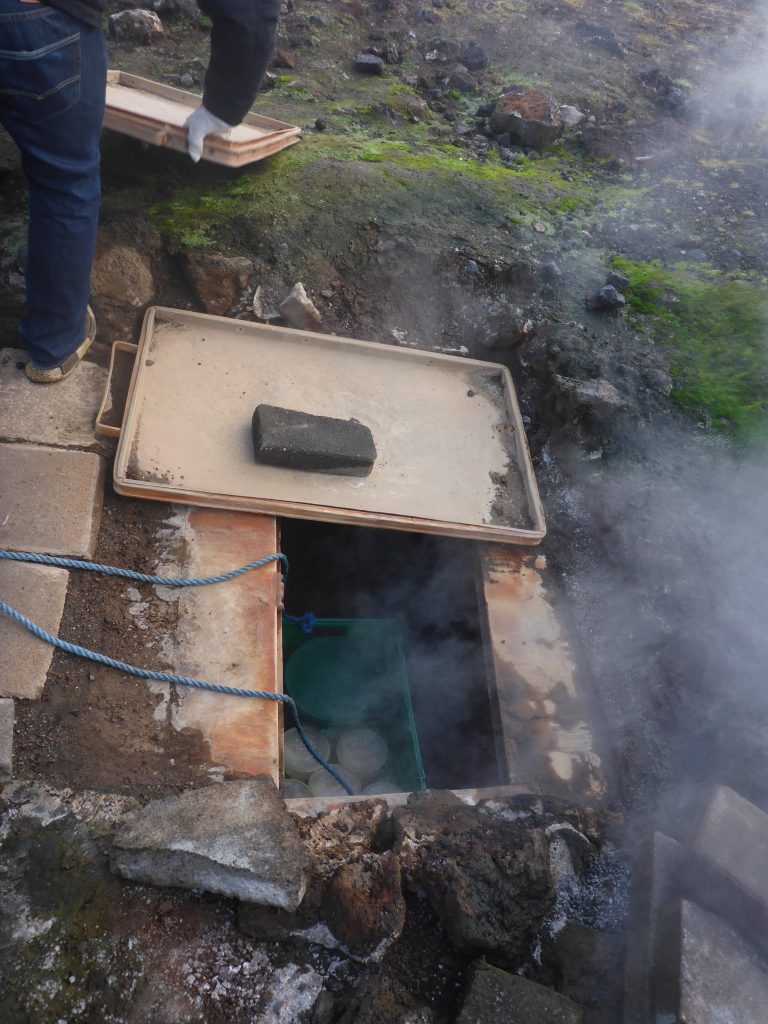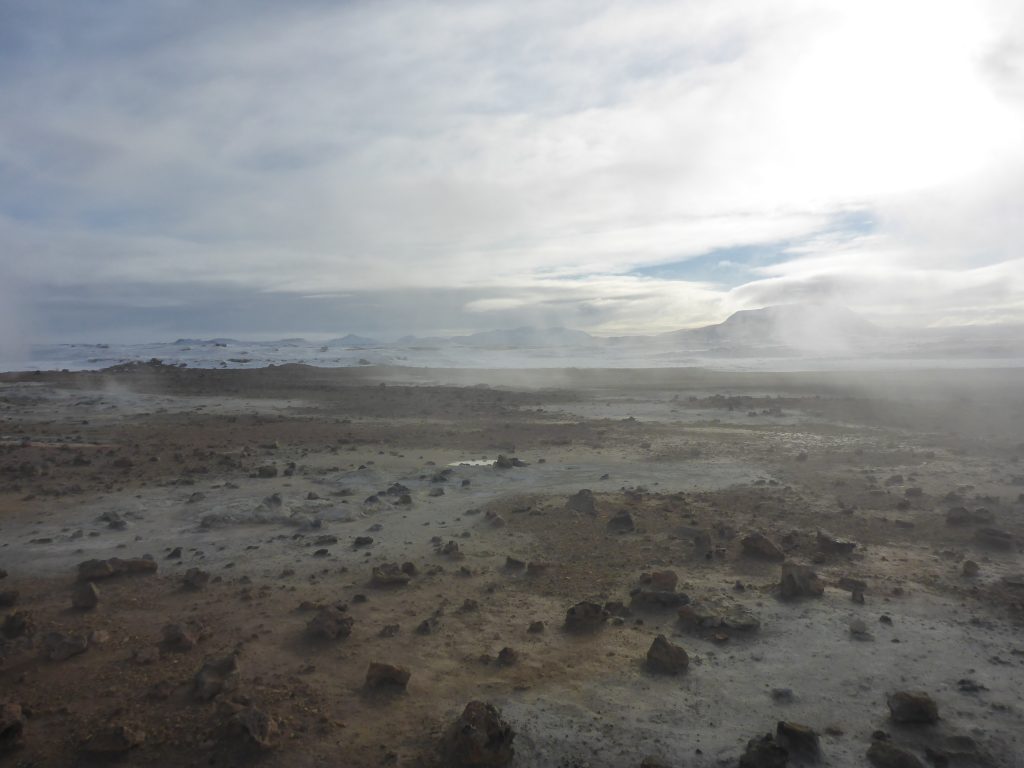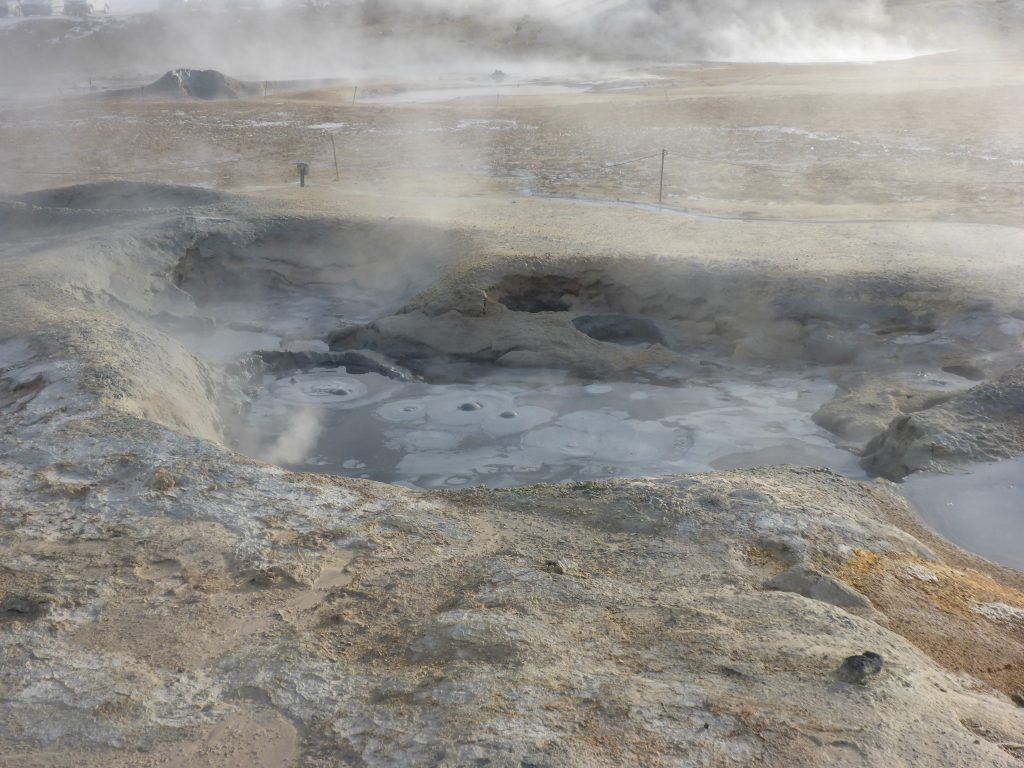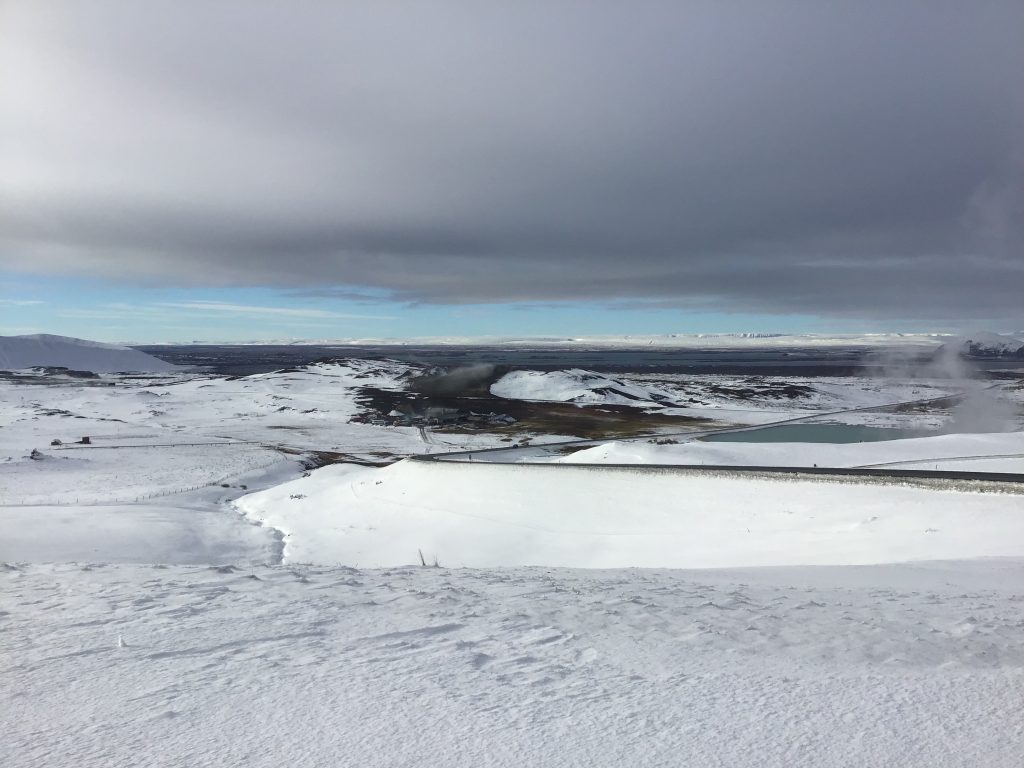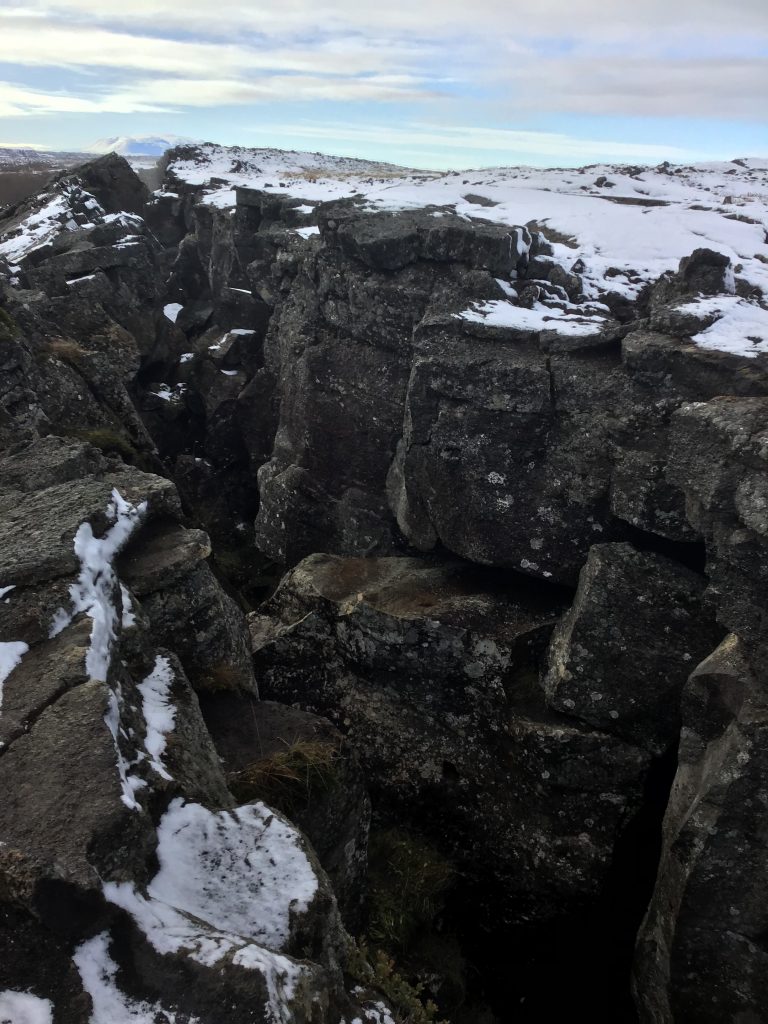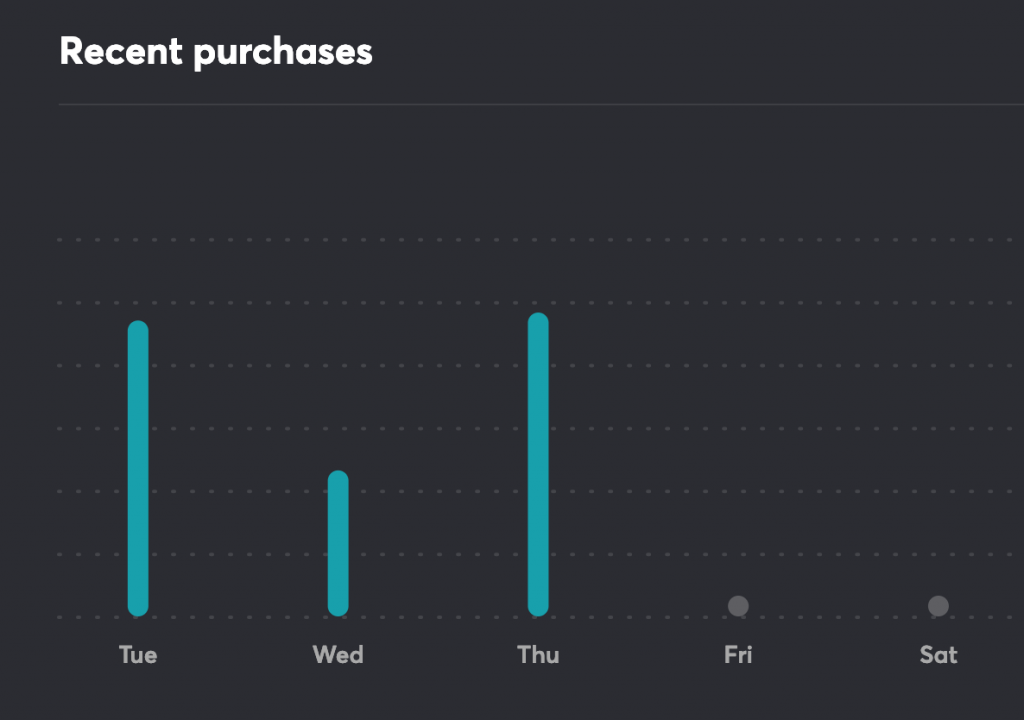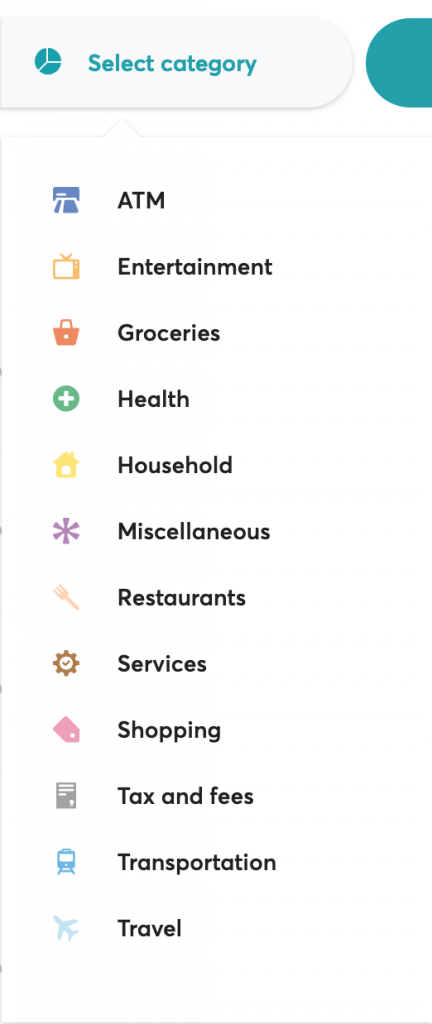Everywhere I turn it seems more and more people are using things like watches, fit bits, and other devices to help them with self-monitoring. Devices and apps that prompt us when to breathe deeply or stretch to reduce stress levels. Apps that monitor how much sleep we get each night and the quality of it.
For women, there are apps to monitor menstrual cycles and ovulation or to help plan for egg freezing. I remember speaking to one woman who said her app knew when she was getting her period before she did. Several days before her cycle began, she would start receiving ads for products. Maybe some of you are reading this and thinking such a reminder might actually be kind of useful. But there are bigger things to consider. In order for those ads to be sent means that your personal health information about your monthly cycle is being shared with corporations.
Last month I was listening to a webinar on “The Legal Implications of Collecting Data” by Montaña & Associates. I was horrified to learn that certain apps used to monitor heart rate information were automatically transmitting the collected data to Facebook! Without the user’s consent or knowledge that this was happening! The data was being transmitted to Facebook even when the user wasn’t on Facebook.
I think many of these tracking apps can be amazing and really useful. I’ve tracked a lot of these kinds of things manually but I’m sure it could be a lot more precise with technology. However, I’m terrified to use them specifically because I’m nervous about the privacy implications. I don’t want corporations or Facebook knowing how many hours of sleep I got, when my period is coming, or my average heart rate. I don’t feel this way because I’m trying to hide something or because I feel like I’m doing something wrong. I feel this way because these are private and personal things about me.
I can’t help but think that if we turned off our devices more often, we probably wouldn’t need to rely on them for things like self-care and tracking. The irony of using self-care apps to get back what we gave away, or lost, by using our devices so much in the first place. What’s wrong with paying attention to our own body to monitor it?


